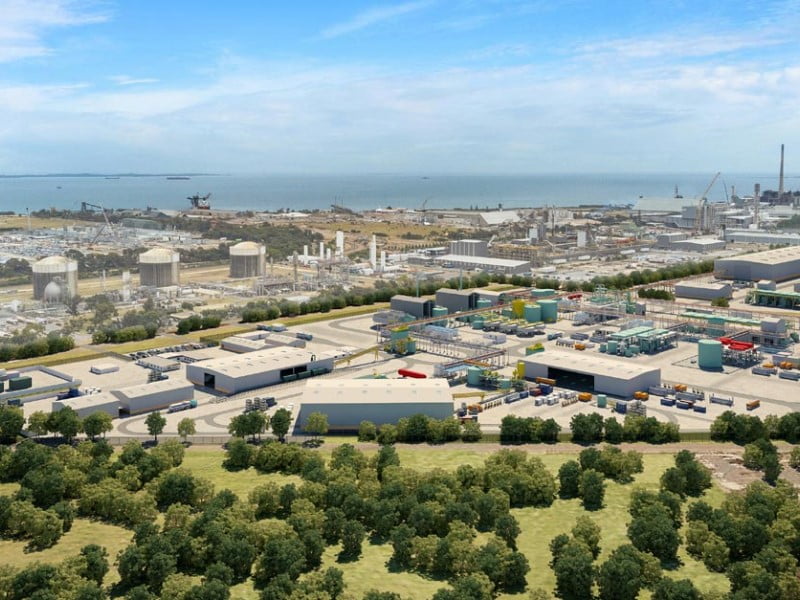A bid by critical minerals miner IGO and Andrew Forrest’s Wyloo Metals to develop Australia’s first commercial precursor cathode active material for use in battery production has secured a land agreement with the Western Australian government.
With an estimated capital expenditure between $600 million and $1 billion, the parties are working towards a final investment decision and aim to deliver a feasibility study in the second half of 2024.
The ‘integrated battery material facility’ will include a nickel refinery and a nickel dominant precursor cathode active material (PCAM) plant.

In a joint statement, IGO and Wyloo said they are “currently advancing discussions with a global battery chemical manufacturer which has indicated strong interest in partnering in the project”.
Nickel dominant PCAM can be used in the production of Lithium-ion batteries. The proposed facility will be adjacent to IGO’s joint venture with Tianqi Lithium, which was the first plant to produce battery grade lithium hydroxide on a commercial scale in Australia.
IGO and Wyloo must still reach “environmental permitting and approvals, broad stakeholder engagement, and the achievement of key commercial outcomes” for the project.
Both IGO and Wyloo have interests in nickel mining operations, including several mines that IGO solely owns.
The Western Australian government’s Industrial Lands Panel has approved the lease of 30 hectares of vacant industrial land in the Kwinana-Rockingham Strategic Industrial Area (SIAs) to IGO and Wyloo for the proposed facility.
The state government also announced on Friday that its Budget next month will contain an additional $35 million for the Industrial Land Development Fund to “develop business cases and commence deconstraining activities for SIAs in the Pilbara”. Overall, the state government has committed $135 million to the fund.
Western Australian deputy premier and State Development, Jobs, and Trade minister Roger Cook said the Kwinana-Rockingham SIA is an ideal location to situate advanced industries, including PCAM manufacturing.
“With the potential to be Australia’s first commercial producer of PCAM, this integrated battery material facility is a perfect fit for the Kwinana-Rockingham SIA,” Mr Cook said.
“As the global energy transition continues, the state government is backing projects that will help us decarbonise and set up Western Australia’s economy for future success.”
Western Australia is also home to the country’s first pilot scale PCAM facility. Based at Curtin University, it is operated by the Future Battery Industry Cooperative Research Centre (FBICRC).
A report commissioned by the FBICRC estimates that a diversified battery industry could be worth $16.9 billion, in gross-value add, to the Australian economy by 2030.
The federal government’s updated Critical Minerals Strategy is expected to be released later this year.
Do you know more? Contact James Riley via Email.

